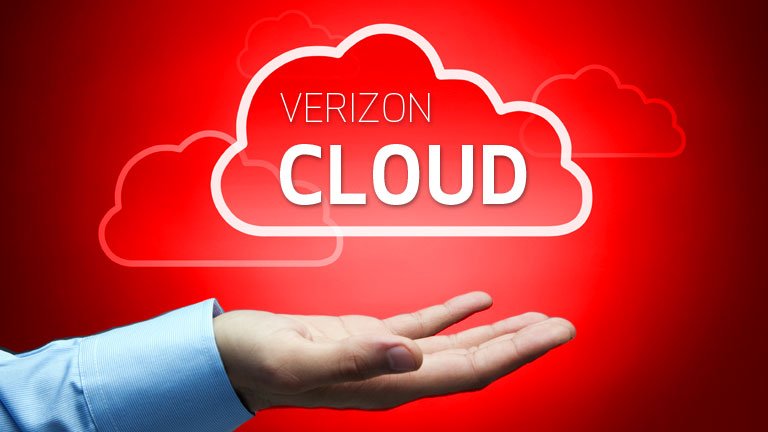Verizon has completed the planned weekend maintenance of its enterprise cloud service in a little less than 40 hours. The company says it has used this time to make changes to the platform, “adding seamless upgrade functionality as well as other customer-facing updates”.
When Verizon announced the 48-hour maintenance window on New Year’s Day, it was met with a lot of criticism. Customers questioned the ‘enterprise’ credentials of a cloud service that can disappear for two days, especially so soon after 12 hours of scheduled downtime in early October.
Verizon later called the 48-hour window a ‘worst case’ estimate, adding that similar operations historically took between 12 and 24 hours.
Tough love
Verizon launched its all-new Infrastructure-as-a-Service offering - the Verizon Cloud - in September 2014, promising premium features and competitive pricing. It brought several products under one brand, aiming to take on established players like AWS, Microsoft and Google.
The scheduled maintenance of the service started at 1am EST on Saturday, 10 January and finished at 5pm EST on Sunday, 11 January. It involved every region and every service, including VMs, object stores, APIs and the Verizon Cloud Console.
The downtime was widely criticized for its duration – most of Verizon’s competitors perform similar operations on a rolling schedule, with each server remaining offline for minutes or hours, not days. Some users called the move “commercial suicide” while others went as far as to live-tweet the outage.
In response to customer concerns, Verizon issued a press release on Sunday, in which it explained that the aim of the long maintenance window was to enable non-disruptive updates in the future.
“Traditionally, updates have been made via rolling maintenance and other methods. Many cloud vendors require customers to set up virtual machines in multiple zones or upgrade domains, which can increase the cost and complexity. Additionally, those customers must reboot their virtual machines after maintenance has occurred,” said the company in a statement.
“Verizon eliminates these requirements, since virtually all maintenance and upgrades to Verizon Cloud will now happen in the background with no impact to customers.”
The company has also updated the user interface for the recently launched Verizon Cloud Marketplace and added new administrative tools for VM management.
Cloud service providers have to publish their availability metrics and usually avoid downtime like the plague. Verizon would do well to stick to its promises – its paying customers have a long memory, and any further complications could be met with a mass exodus.

